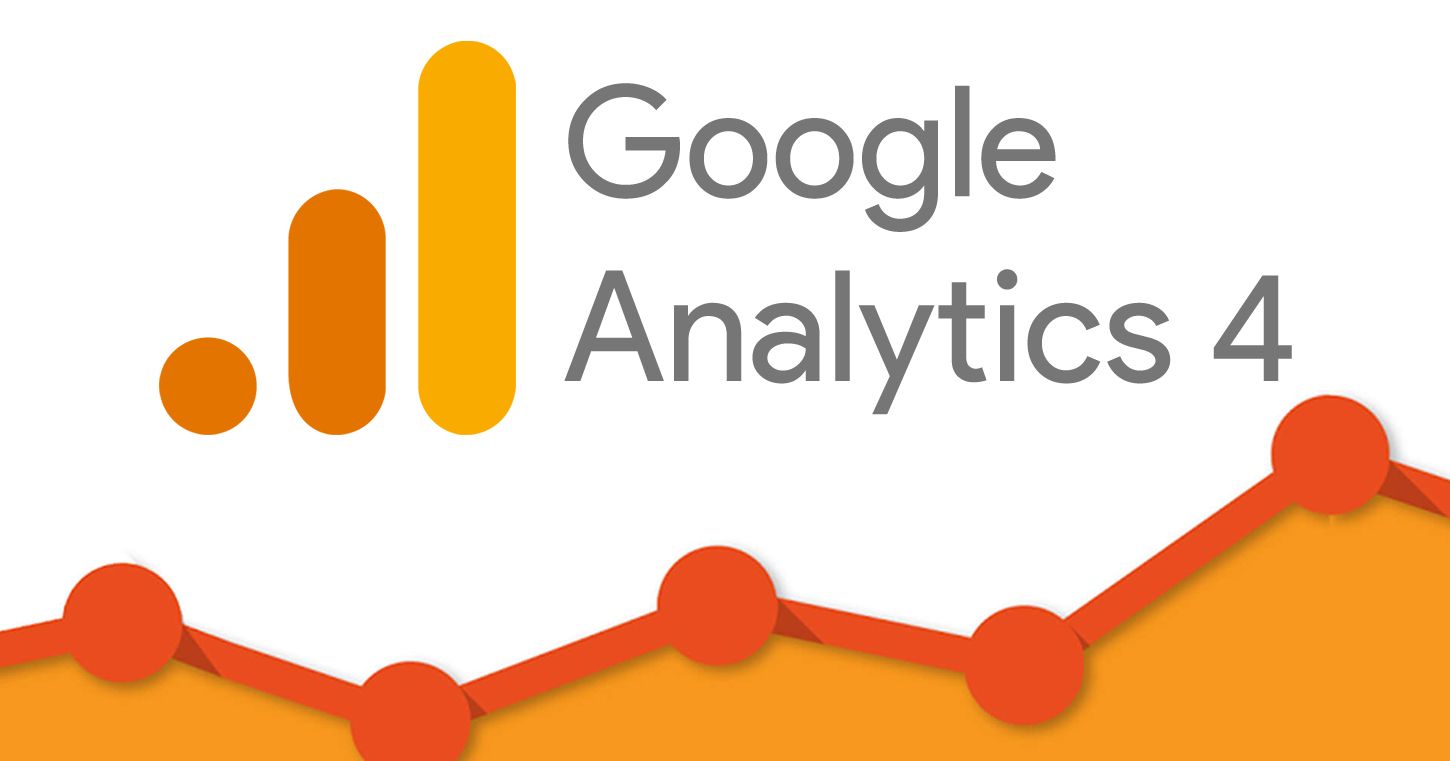Now that we live in the digital age, we are exposed to social media every single day. Why? Because social media allows us to communicate and share content quickly, efficiently, and in real-time. When you take a look from a marketing perspective within a business, no matter how big or how small, social media has become a necessary marketing channel that all companies need to tap into at some capacity to be successful. Moreover, if you have a stellar social media strategy, great things will come from it, and you will see the results firsthand.
That sounds easy and doable, right? Not exactly. Your business or brand needs to have a successful social media strategy to see tangible results. Additionally, you also have to put in the work and invest in the resources to achieve success. If you want to grow your business online, you need to start attempting to understand social media. It is imperative to keep up-to-date with the latest social media trends and understand various platforms’ changing algorithms.
Since the social media landscape is evolving quickly, you must ask yourself, “How can I continue to use social media to yield the best results?” With over 3 billion active social media users worldwide, you must have a clear understanding on how to engage with the different audiences you are trying to target for your social media strategy to be effective.
With so many possibilities, it may all seem a little overwhelming at first. That’s why we’ve created this ultimate guide for social media marketing. Follow along in the following sections where we will touch on various topics surrounding social media.
Table of Contents
- Types of Social Media Networks
- Types of Content You Should Consider
- How to Engage Your Audience Effectively on Social Media
- Growing Your Audience on Social Media Platforms
- Organizing Your Content
- Paid Advertising
- Tracking Your Process with Social Media Analytics Tools
Types of Social Media Networks
Businesses can choose from many social media networks to help build their online presence. These networks connect people from around the world, and with so many to choose from, here are the most-used social media networks for businesses:
- YouTube
Although there is a wide variety of networks available for businesses to choose from, it may not be wise to try and build on all of these platforms at once. Instead, companies need to be strategic in selecting the critical networks that will be the most beneficial for building their online presence and achieving optimal results. This is all dependent on the type of digital content your company generates. For example, if your brand or business does not have a lot of visual content to share, then platforms such as Instagram, Pinterest, and YouTube may not be ideal to consider for your social strategy.
However, research shows that the two necessary components all businesses should “be on” are LinkedIn and Facebook. Below, you will find a brief breakdown of the different types of social media platforms your business can consider using to build and improve your online presence.
With over 2 billion active monthly users, Facebook has more users than any other social network. As one of the pioneers of social media platforms, Facebook’s users comprise of a wide range of different demographics, which provides an extraordinary medium for your business to connect with your prospective customers all around the world. Facebook for businesses also provides a variety of tools for users, including options for targeting different audiences.
Take Starbucks, for example. Their Facebook page has over 37 million likes and 35 million followers. As one of the top Facebook business pages, Starbucks integrates additional features such as their interactive store locator map and Pinterest to keep users engaged. Check out some of the other best Facebook business pages here.
Indeed, we are all familiar with the classic 140 (now 280) character social media platform, intended for users to share small bursts of information known as “tweets.” With over 330 million monthly active users, Twitter is one of the largest platforms for social listening. Twitter allows businesses to learn more about their customers, and it is also a powerful platform to stay up-to-date with hot and current trends. Twitter is a platform for businesses to get the word out about products and services, provide updates, and engage in customer service.
Here are three things to keep in mind when using Twitter to build your business’ online business:
- Find out what who your audience is and what they’re talking about
- Focus on conversing rather than selling
- Share relevant and engaging content that others will retweet/reshare
Some of Twitter’s best brands have become masters at producing quality content for this 280-character platform to increase their brand exposure.
Learn the five ways to use hashtags in social media marketing effectively.
LinkedIn has become an effective tool for businesses that engage in B2B marketing. As a top lead generating platform, LinkedIn makes connecting with potential clients and consumers at the B2B level easy. You can filter your target audience by job title, company name, location, etc. 80% of B2B leads come from LinkedIn, and 79% of B2B marketers say that LinkedIn is a significant source for generating leads. As one of the top lead generators for businesses to build relationships and connect with potential customers at the B2B level, LinkedIn is a social media platform that provides opportunities for targeting potential leads by making it easy to build connections in different industries.
Here are eight reasons why LinkedIn is the new B2B social media superhero:
- LinkedIn provides access to multiple industry influencers and decision-makers
- LinkedIn is a brand-building tool
- LinkedIn lets you align with the right social prospects
- LinkedIn has done away with antique sales techniques
- LinkedIn showcases your skill sets
- LinkedIn provides B2B marketers with vital knowledge about prospects
- LinkedIn is an avenue for social selling
- LinkedIn is a platform for building digital relationships.
Check out our post with LinkedIn marketing tips to grow your brand.
Does your brand or business have a strong visual brand identity? Are you looking to build one and don’t know where to begin? If you answered ‘yes’ to either question, Instagram is the perfect platform for you to do so!
Instagram has continued to expand rapidly since the introduction of Instagram stories, IGTV, and recent advertising opportunities. Instagram continues to bring new and exciting updates, and new apps for Instagram are continuing to dominate the market. As a result, businesses and brands must remain agile to maintain a competitive advantage on this platform.
Check out these four reasons businesses should use Instagram Stories.
YouTube
According to HubSpot, 81% of businesses use video as a marketing tool in 2020. With video marketing on the rise for businesses, YouTube is one of the top social media platforms that will help build your online presence and brand.
You can read more about YouTube marketing in our post here.
Types of Content You Should Consider
Once you narrow down the social media platforms you want to use to build your business’ social media marketing strategy, you will need to determine the type of content you want to share on those platforms. Different types of content appeal to and engage differently with different people, so it is essential to experiment and see what works and what doesn’t. Eventually, you will figure out what types of content performs best and engages with the most people. You will also figure out what types of content align with your business’ marketing goals and objectives.
The Value of Visual Content in Social Media Marketing
According to Hubspot, in 2020, 74% of social media marketers use visual assets in their social media marketing. The growth we see in the use of visual content is mainly due to the evolution across all major social media platforms.
According to Buffer, the recent types of content that have become popular for social media include GIFs, Snapchat and Instagram stories, user-generated content, and infographics. Humans crave variety, and these examples of content many brands have been using keep their audiences on their toes.
How To Engage Your Audience Effectively in Social Media Marketing
After determining the type of content you plan to implement into your social media strategy, you will need to know how to engage with your audience effectively. Is your audience responding to your content? Are users sharing or retweeting your posts? Is your content sparking conversation among users on social media? If you are not continually creating opportunities for engagement, your competitors will get ahead of you.
What are some ways you can engage with your audience effectively on social media?
If you are continually creating and sharing relevant and engaging content for your audience, it will open doors of endless opportunities and potential for new customers. This requires you to be proactive in social listening and identifying what content resonates with your intended audiences the most.
Create and share content to build relationships with current and future customers, and you will see significant growth in terms of your online presence and brand awareness.
Here are five social media content ideas for excellent customer engagement:
- Educate Your Readers
- Ask Questions
- Repackage Content
- Incorporate Visuals
- Make it Shareable
The secret to engaging with your audience is to stay current with the latest social media trends, identify the hot topics your audience is talking about, utilize hashtags, and consistently share exciting and relevant content. Ideally, your overall objective is to tell your business’ or brand’s story.
Growing Your Audience
When considering your social media strategy, one of your business’s primary objectives is to continually grow your audience. The whole point of building a social presence is to not only share content, but also to gain more followers, increase brand loyalty, and reach a wider audience who can potentially convert into customers.
By establishing reliable tactics to grow your audience and following on social media, you will see significant growth in your following.
Organizing Your Content
No matter how big or small your business or brand is, managing social media is not easy. One of the biggest challenges that come with managing your business’ social media strategy is staying organized.
Use a content calendar to keep track of your posts.
One of the best ways to maintain an organized social media strategy is to use a content calendar. A content calendar provides an overview of what you’re posting, when you’re posting, and where you’re posting.
A content calendar can also help you plan short-term and long-term objectives for your social media marketing strategy. For example, you can organize and keep track of various campaigns, holidays, and other significant events.
Using your content calendar effectively will help you stay on top of all the other tasks you need to do. A great starting point is to create one for each of your business’ social media platforms. This will make it easier to plan your content as your business continues to grow.
Schedule content ahead of time using a scheduling tool.
Scheduling content ahead of time and in bulk is another way to stay organized when managing your social media strategy. Constantly posting on social media is a time-consuming task. Sometimes, you may find yourself caught up in doing other work that you forget to post that tweet or LinkedIn update on social media. It’s also extremely time-consuming when you are posting one post at a time, right when these posts need to go out.
Scheduling content in bulk in advance allows you to allocate time towards other tasks. Luckily, there are many free and paid resources to help you achieve this. Some of the top tools to look into for scheduling content for social media include Hootsuite, Sprout Social, and Buffer.
Know where to look for content.
Knowing where to look for content is another way to maintain an organized social media strategy. There may be different publications that provide content that is relevant for your social media channels. There may also be other online resources that are up-to-date with the latest news, trends, and topics – creating separate folders and bookmarks to separate your business/brand’s original content from other content you share.
Make use of paid tools and resources.
Whether you are looking to create powerful visuals or manage all the content you have scheduled for an upcoming campaign, don’t forget to make use of free and paid tools and resources.
Don’t own design software? Check out Canva to create visually appealing graphics for your content. Do you lack photography skills and don’t have the budget to hire a photographer? Find stunning royalty-free stock photos for your content. Looking for a project management tool to organize deliverables for a social media campaign? Give Trello a try!
Depending on the size of your social media or marketing budget, there are various tools available to help maintain an organized social media strategy.
Create separate spreadsheets to manage social media promotions, and other paid advertising channels.
When the time comes to review your social media marketing budget, creating a spreadsheet will help you keep track of all the expenses that go towards paid tools and software, as well as your paid social media efforts.
Paid Advertising
With the changing algorithms of the many social media platforms we use today, the days of relying solely on organic reach are over. You may have realized that some social media platforms, such as Instagram and Facebook, don’t show content in chronological order anymore. Why? Because its algorithms dictate that showing relevant content or “what they think you want to see” type of content first is more important. So if you expect your followers to see everything you post on social media, those days are over.
Suppose you’re ready to take that next step in your social media strategy and go beyond organic reach to ensure your content is seen. In that case, it may be an excellent time to consider paid advertising on social media. You can use paid advertising to target specific audiences. You can target specific age groups, people with specific interests, and people from an exact geographic location.
Firstly, come up with a reasonable budget to allocate towards social media advertising. Spending more money doesn’t necessarily mean you will have the highest return on investment (ROI). Start small and test your strategy. Once you become more confident and see the results from your social media advertising, you may consider spending a little more to boost specific posts or specific types of content.
Secondly, set goals and objectives for your paid advertising. What demographic do you want to target?
Paid advertising is the next step in your social media strategy. You’re now looking at new and innovative ways to reach a broader audience. Maybe your brand has grown, and you have the budget to dive and invest in paid social.
Tracking Your Process with Social Media Analytics Tools
Which of your tweets perform best? When are the best times to post on Instagram? The only way to answer these questions is to track your social media performance regularly.
Tracking your social media performance is key to achieving a successful social media strategy. Analytics help measure your social media efforts over time. This becomes important when you’re evaluating how well your content is performing. It is also a strong indication for when you are looking for ways to improve and refine your social media strategy. At the end of the day, it is crucial to figure out what works and what doesn’t.
Start by identifying the key metrics you would like to analyze. Social media metrics are the data and statistics that give you insights into your social media marketing performance.
Some key metrics that all businesses should measure include:
- Engagement: the number of unique people who have liked, clicked, commented, or shared your post or page
- Impressions: the number of times your content is displayed and whether it is clicked or not
- Reach: the number of unique people who have seen your posts
Many tools can help you gather insight when it comes to reporting your analytics over a period of time. Most social media networks have their own analytics tools integrated into their individual platforms, including:
- Facebook Insights
- Twitter Analytics
Analyzing social media performance is essential for every business. Assessing the key statistics and metrics will help you determine which social media networks are performing best, ultimately helping your business’s bottom line.
Conclusion
Social media has become one of the most critical aspects of digital marketing. In the digital world we live in today, we live and breathe social media. People spend countless hours keeping up with the latest news, making sure they are up-to-date with the latest trends.
No matter how big or small your business or brand is, building a strong social media strategy will help grow your business. Take advantage of all the tools and resources available to you and create and share content that tells your brand’s story. Set goals and objectives, go back and refine your strategy, and always seek new ways to engage with your audiences. It will take time, but investing in your social media strategy will help your business succeed.
Originally posted at https://www.wsiworld.com/blog/the-ultimate-guide-for-social-media-marketing



